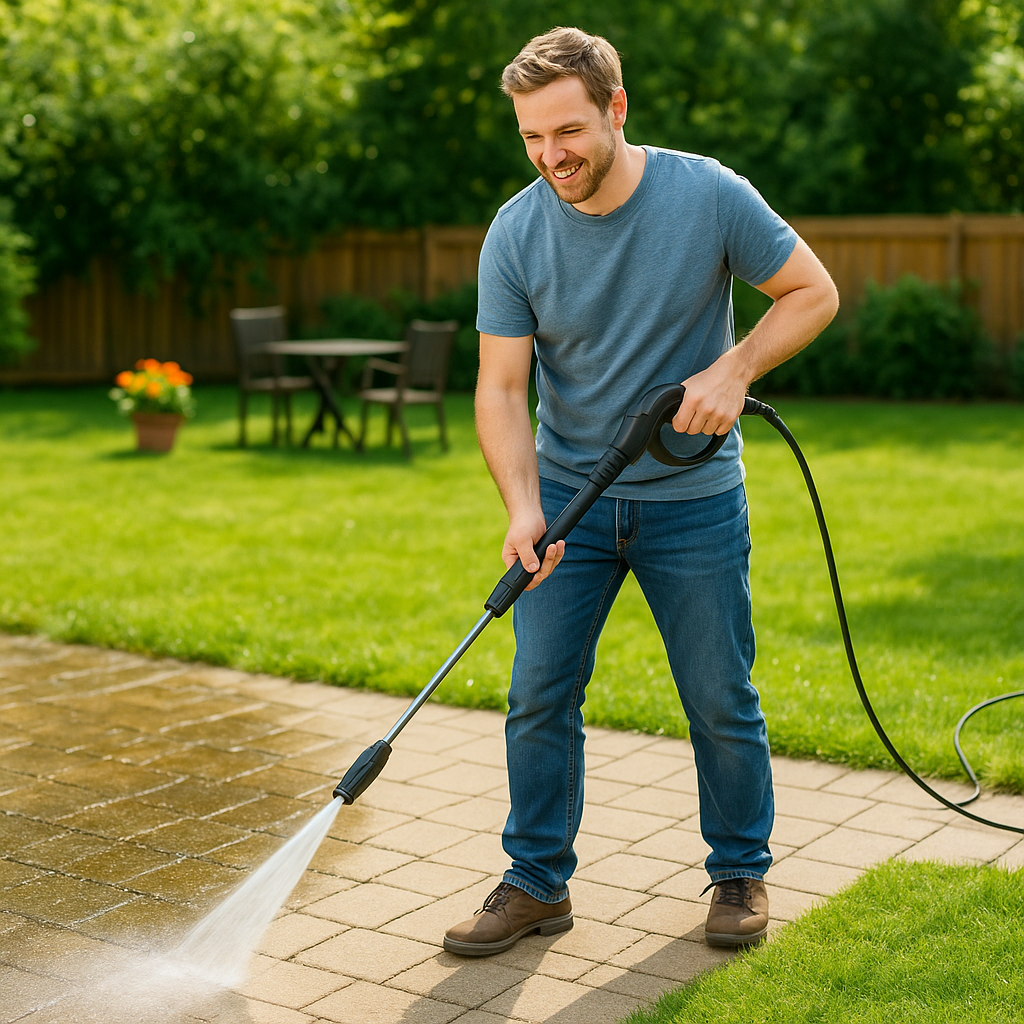
Proper maintenance is essential to ensure the longevity, safety, and optimal performance of your chainsaw. Here’s a step-by-step guide on how to maintain a chainsaw:
1. Safety Precautions:
Before performing any maintenance tasks, ensure the chainsaw is turned off, the spark plug wire is disconnected, and the engine is cool. Wear appropriate personal protective equipment (PPE) such as gloves, safety goggles, and ear protection.
2. Cleaning:
Regularly clean your chainsaw to prevent debris buildup that can affect performance and damage components.
Remove the guide bar and chain.
Clean the air filter and housing using compressed air or a soft brush.
Remove sawdust and dirt from the chain brake, sprocket, and other areas.
3. Chain Maintenance:
Sharpen the chain regularly using a chainsaw file or a sharpening tool.
Adjust the chain tension to ensure it’s neither too loose nor too tight. A properly tensioned chain improves cutting performance and reduces the risk of kickback.
4. Lubrication:
Keep the guide bar and chain lubricated to reduce friction and extend their lifespan.
Check the oil reservoir and refill it with bar and chain oil when needed.
5. Fuel System:
Use fresh, high-quality fuel mixed with the appropriate two-stroke oil at the correct ratio as specified in the manufacturer’s manual.
Empty the fuel tank before long periods of storage to prevent fuel deterioration.
6. Spark Plug:
Check the spark plug regularly and replace it if it’s worn or fouled. Ensure it’s properly gapped according to the manufacturer’s specifications.
7. Air Filter:
Clean or replace the air filter according to the manufacturer’s recommendations. A dirty air filter can affect engine performance and fuel efficiency.
8. Cooling System:
Ensure the cooling fins and air passages on the engine are clean and free from debris. Proper cooling prevents overheating.
9. Chain Brake:
Test the chain brake to ensure it engages and disengages smoothly. If it’s not functioning properly, seek professional assistance.
10. Chain Sprocket and Bar:
– Check the chain sprocket for wear and replace it if necessary.
– Rotate the guide bar periodically to ensure even wear on both sides.
11. Throttle and Controls:
– Inspect the throttle trigger, safety interlock, and other controls for proper functioning. Lubricate as needed.
12. Storage:
– If the chainsaw won’t be used for an extended period, drain the fuel tank and run the engine until it stalls to prevent fuel-related issues during storage.
– Store the chainsaw in a cool, dry place away from direct sunlight and moisture.
13. Regular Servicing:
– Follow the manufacturer’s recommended service intervals. Professional servicing ensures that internal components are inspected and maintained as needed.
Remember, proper maintenance not only extends the life of your chainsaw but also enhances safety and ensures efficient cutting performance. Always refer to your chainsaw’s user manual for specific maintenance instructions and guidelines. If you’re not comfortable performing certain maintenance tasks, it’s recommended to seek assistance from a qualified technician.







